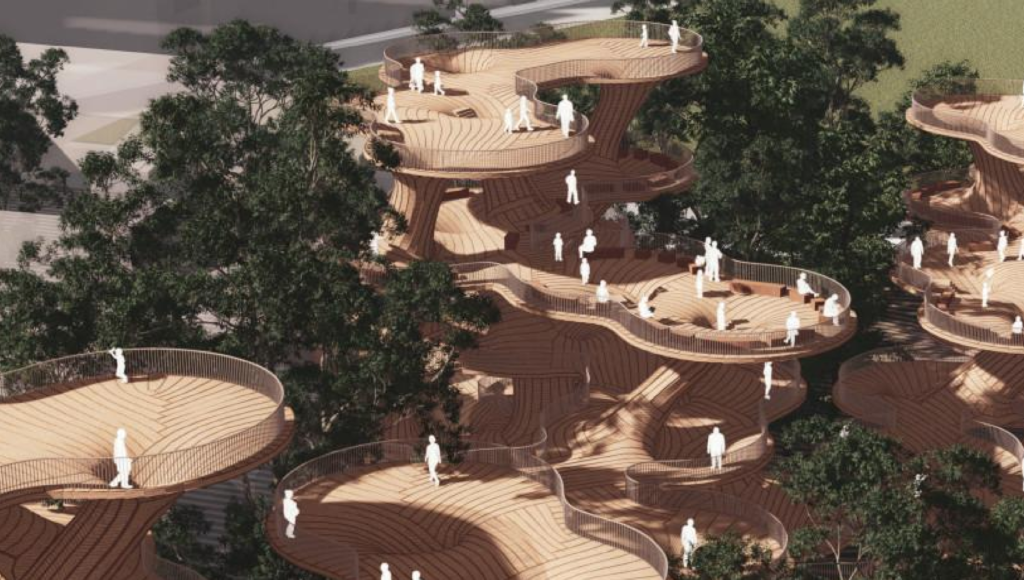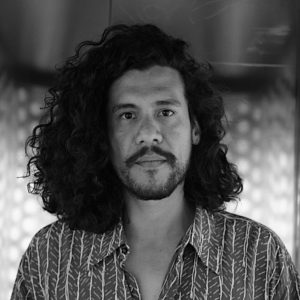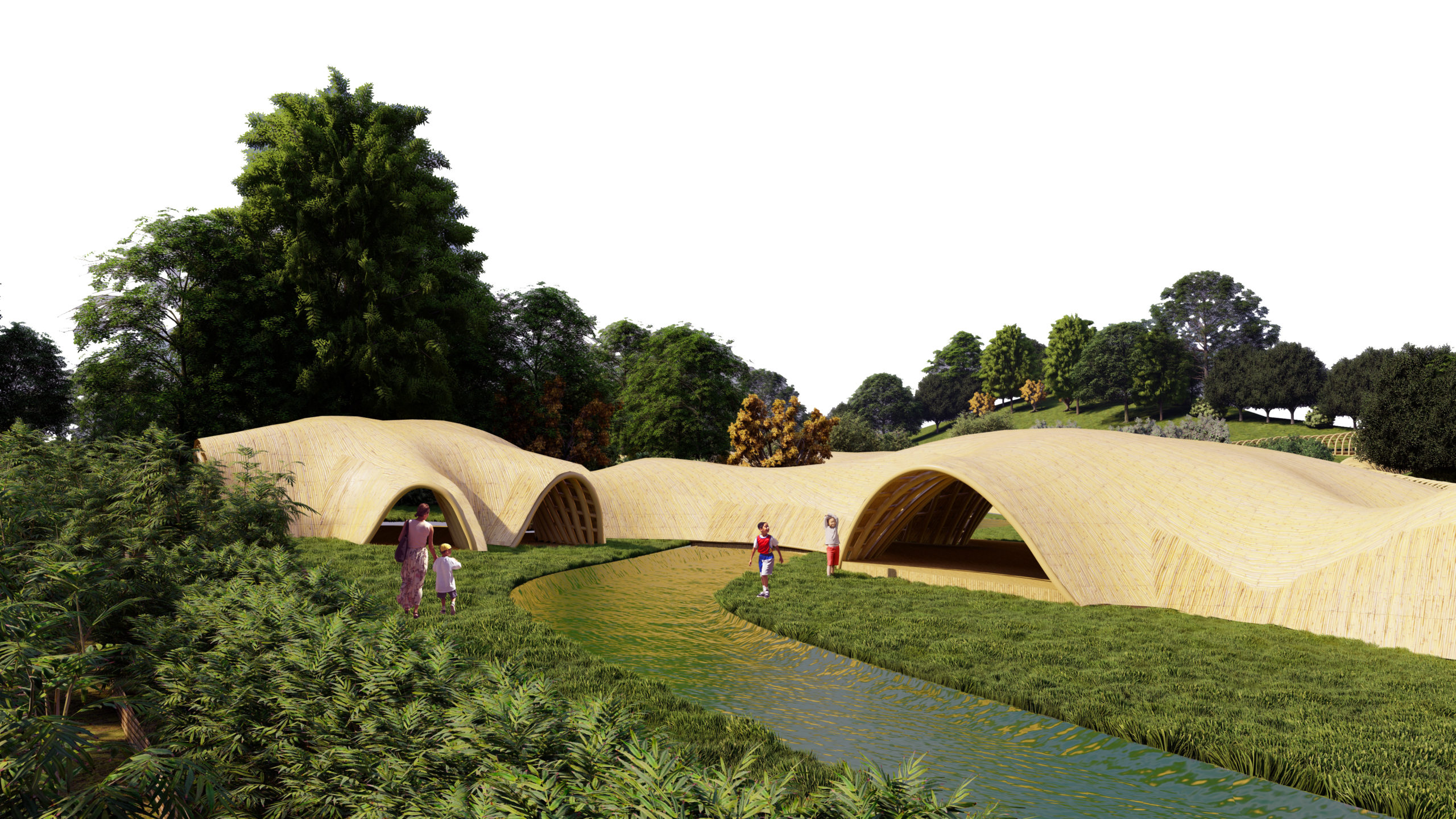“Timber is the new concrete” Alex de Rijke.
With the growth of urban areas, cities are becoming focal points for human life, however they still lag behind in sustainability. When designing our built environment, it is therefore important to consider the consequences of human settlements on the health of ecosystems. Wood is a renewable resource that can contribute to sustainability in the construction industry. It may be difficult to think of wood as a sustainable material, since it is associated with deforestation. However, man-made construction materials like concrete and steel have a huge carbon footprint, causing even more damage to the environment. Using wood instead of steel or concrete reduces environmental impact, as well as construction and operation costs.

Moreover, with the integration of computational technologies into architecture and advanced simulation tools, designers are not only capable of predicting the impact of external forces in the digital environment, but also create design workflows to have constant analysis feedback of the building performance, allowing to optimise the ecological footprint of architectural interventions.
The search of form conducted through digital models, allows to represent endless types of manifolds and nonlinear morphologies. This enables new ways to describe complex self-supportive curvilinear surfaces that can be produced with the aid of rapid prototyping, creating a constant feedback loop between design and fabrication.
The design process methodology will be treated as a computer algorithm, where different functions work in a programmed loop with rules and conditions that creates a constant output responding to the ever changing variable inputs. Form informs function at the same time that the program will inform the design, creating a closed circuit where each part of the project collaborates in both directions of the design process embedded as architectural algorithms.
This studio will focus on the design of multipurpose building infrastructures in underused and disconnected spaces of Barcelona, integrating programs that can benefit the surrounding community focusing on sustainable and eco-friendly urban infrastructures. The main challenge of the research is to question the relation between user needs and spaces and how it can transform the way users interact with their surroundings.
The studio course is set up as a collaborative think tank where invited guest tutors who will join desk-crits in physical and digital format, to give inputs related to their area of expertise. This way each project will have constant questioning and focused feedback that will enrich the project in many key aspects of the investigation.
Exploring the link between design form and functionality will allow the creation of a language that can be applied to an architectural project, this studio is centred in an investigation that creates a closer relationship between the designer, computer representation, sustainability and matter.
Learning Objectives
At course completion the student will:
- Create relationships of architecture and design to allied disciplines;
- Apply architecture and design within an emerging global context;
- Understand fundamental concepts of computational design;
- Create digital tools applied to complex geometries and implement topological relations as a form finding tool;
- Link between design form and functionality through investigative processes;
- Be able to conduct investigations and present their findings coherently in verbal and graphic
formats.









